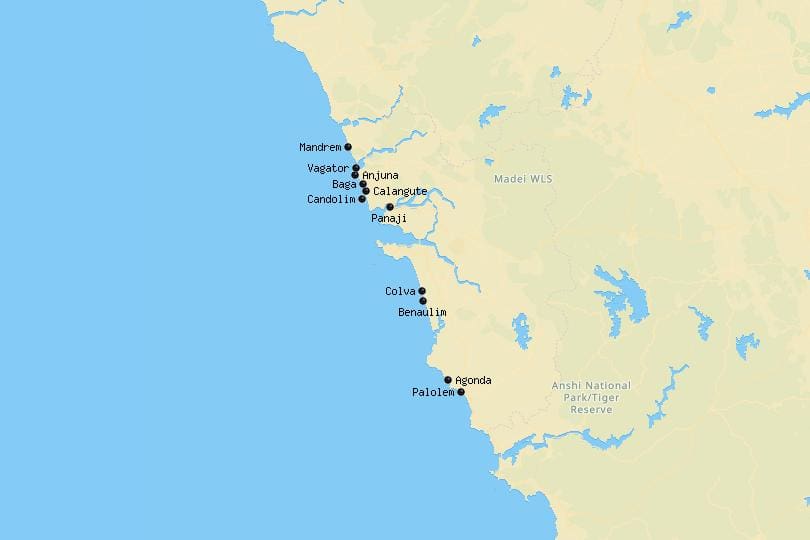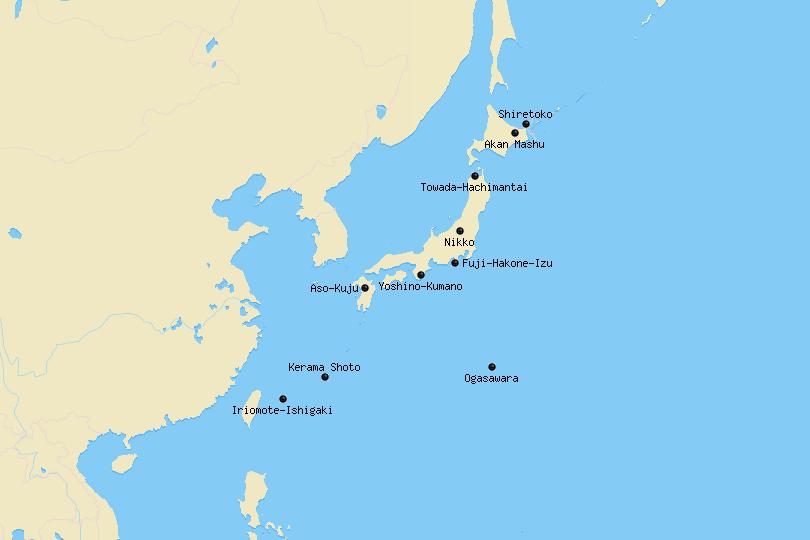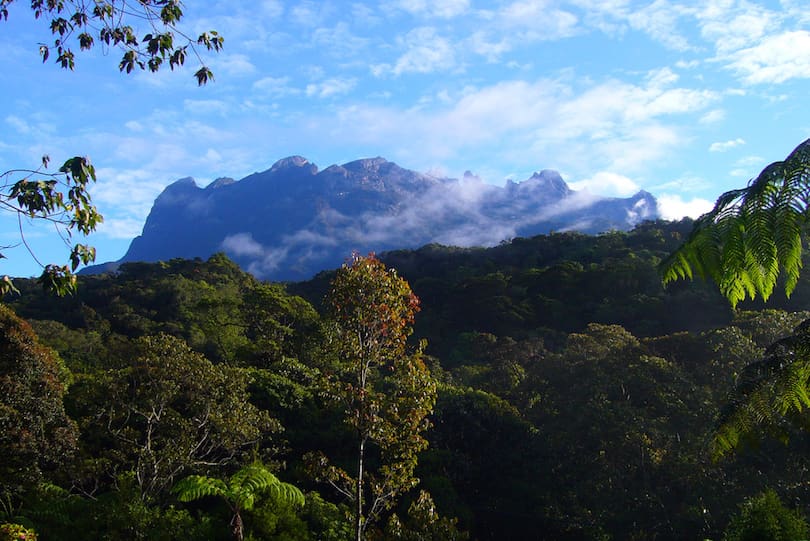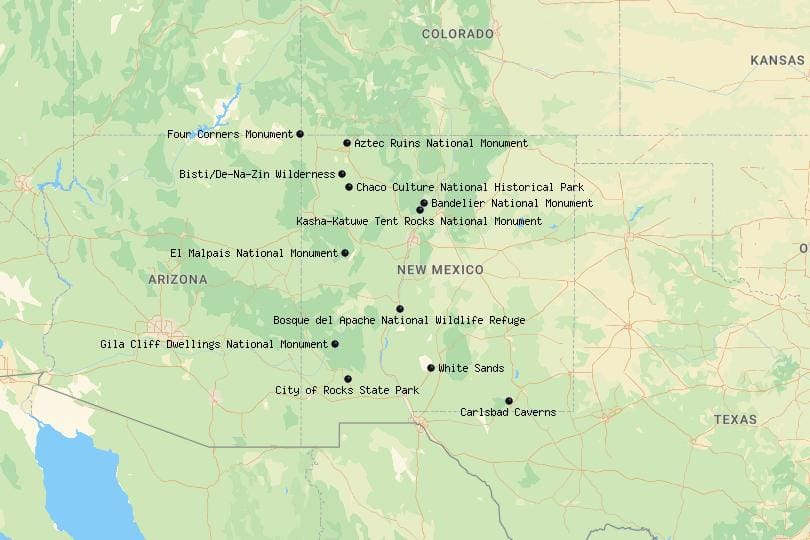Yelagiri, a serene hill station in Tamil Nadu, India, is not only known for its natural beauty and adventurous activities but also for its thriving sericulture industry. The Silk Farm in Yelagiri is a popular attraction among tourists who want to experience the art of silk production up close. In this article, we will explore the world of sericulture and take a virtual tour of the Silk Farm in Yelagiri.
Introduction to Sericulture
Silk is a luxurious and highly valued textile material that has been produced for thousands of years. The process of silk production is called sericulture, which involves rearing of silkworms and extracting silk fibers from their cocoons. Sericulture is an ancient practice that originated in China and later spread to other parts of the world. Today, silk production is a thriving industry in many countries, including India, China, Japan, and Italy.
Yelagiri: A Hub of Sericulture
Yelagiri, a picturesque hill station situated in the Vellore district of Tamil Nadu, is home to a large number of silk farms. The climate and topography of Yelagiri are ideal for sericulture, making it a hub of silk production in South India. The Silk Farm in Yelagiri is one of the most popular attractions in the town, attracting a large number of tourists every year.
The Silk Farm in Yelagiri: A Virtual Tour
The Silk Farm in Yelagiri is a well-maintained and organized facility that offers visitors a glimpse into the world of sericulture. The farm is spread over a large area and is home to thousands of silk moths, silkworms, and mulberry trees.
Mulberry Cultivation
Mulberry trees are the primary food source for silkworms. At the Silk Farm, visitors can see how mulberry trees are cultivated and maintained. The farm has a large number of mulberry trees of different varieties, and visitors can learn about the different stages of mulberry cultivation.
Silkworm Rearing
Silkworm rearing is the next stage in the silk production process. Visitors can see how silkworms are reared and fed on mulberry leaves. They can also learn about the life cycle of silkworms and the different stages of their growth.
Cocoon Production
After the silkworms have grown to their full size, they begin to spin cocoons around themselves. The cocoons are made of a single thread of silk that is several hundred meters long. Visitors can see the cocoons being harvested and learn about the process of extracting silk fibers from them.
Silk Weaving
Once the silk fibers have been extracted from the cocoons, they are spun into thread and woven into fabric. Visitors can see the weaving process and learn about the different types of silk fabrics produced at the farm.
Silk Product Showroom
The Silk Farm in Yelagiri has a showroom where visitors can buy a range of silk products, including sarees, scarves, and shawls. The products are made from pure silk and come in a variety of colors and designs.
Conclusion
The Silk Farm in Yelagiri is a fascinating place to visit for anyone interested in sericulture and silk production. The farm offers a comprehensive tour of the silk production process, from mulberry cultivation to silk weaving. Visitors can learn about the different stages of silk production and see the entire process up close. The Silk Farm is a must-visit destination for anyone traveling to Yelagiri.
FAQs
- Is the Silk Farm in Yelagiri open to visitors all year round? Yes, the Silk Farm is open to visitors throughout the year. However, it is advisable to check the timings before planning a visit.
- Can visitors try their hand at silk weaving at the Silk Farm? No, visitors are not allowed to weave silk fabric at the farm. However, they can watch the weavers at work and buy silk products from the showroom.
- Are there any guided tours available at the Silk Farm? Yes, guided tours are available at the Silk Farm, and they are highly recommended. The guides provide a wealth of information about the silk production process and answer any questions visitors may have.
- What is the best time to visit the Silk Farm in Yelagiri? The best time to visit the Silk Farm is during the months of October to March when the weather is pleasant and conducive to outdoor activities.
- Is photography allowed at the Silk Farm? Yes, photography is allowed at the Silk Farm. However, visitors are advised to check with the authorities before clicking pictures.















